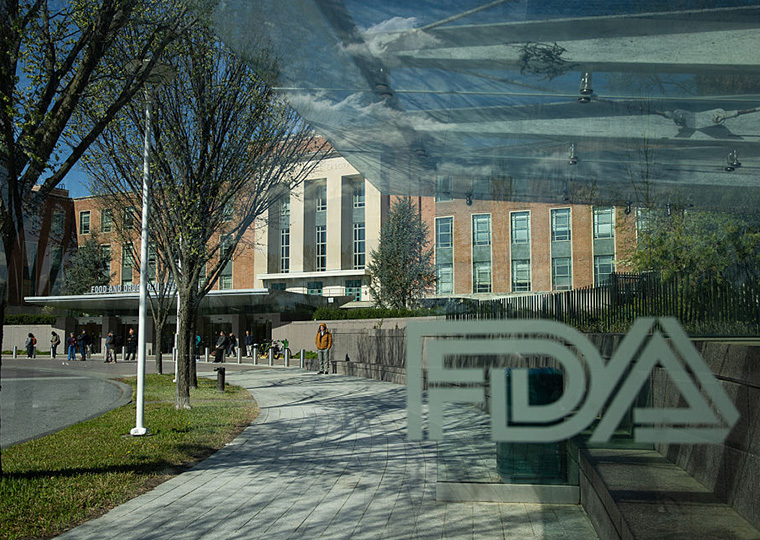The link between environmental stability and cultural change explains why cultures evolve
We often talk of culture as a constant, something that endures across time and generations. But societies can change. They can shed old customs and beliefs, and adopt new ways. Why, though? What causes one culture to change while others persist?
This is the core question in a working paper by UCLA Anderson’s Paola Giuliano and Nathan Nunn of Harvard University, who suggest that cultures with historically stable environmental conditions are likelier to have maintained ancestral traditions and to consider them important even today.
We know that weather and climate have affected societies in vital ways, influencing conflict and cooperation, trade and economic prosperity. To explore whether that extends to traditions, Giuliano and Nunn looked at temperature variability worldwide from 500 A.D. to 1900 A.D. across 20-year generation spans.
Opt In to the Review Monthly Email Update.
They paired the temperature data with results from the World Values Survey showing self-reported views on the importance of tradition. The WVS is the largest non-commercial, cross-national investigation of human beliefs and values ever executed. Started in 1981, it consists of regular surveys conducted in almost 100 countries, representing 90 percent of the global population.
They also paired the temperature stats with census and ethnographic data measuring several forms of traditions:
- The persistence of three cultural practices that can be measured in a comparable manner over long periods of time: female work outside the home, polygamy and cousin marriage;
- The tendency among immigrants’ descendants to have married someone from the same ancestral group, and to have continued speaking their ancestral language at home;
- The tendency among U.S. and Canadian indigenous populations to still speak their native language today.
Across all countries, ethnicities and immigrant/indigenous groups, a correlation held. The more consistent the weather and climate, the likelier that cultural practices like polygamy had survived, and that immigrants and indigenous peoples had maintained their languages and customs.
In Europe, for instance, Italy’s environmental conditions have been far more consistent than those in Sweden. And so, too, the culture. Here in the United States, looking at Native American populations, the Hopi have historically had low environmental variability and a corresponding cultural persistence, whereas the Chippewa have seen relatively higher variability in both weather and culture.
Here’s why this makes sense, the authors say: People with ancestors who lived in stable environments haven’t had to think much about how best to respond to, say, a natural disaster or economic conflict. Their habits and practices have survived previous generations, so those are assumed to be relevant and beneficial, and thus worth preserving. People in unstable environments, however, saw so much change from one generation to the next that customs and beliefs had to evolve in order to remain relevant.
This is important in part because it contributes to the collective understanding of cultural dynamics; that is, why cultures change instead of persist. But it also helps validate what has long been only theorized in the evolutionary-anthropology models used in cultural economics. Those models assume that culture evolves systematically, based on relative costs and benefits. Observations like these help bolster that case.
Featured Faculty
-
Paola Giuliano
Professor of Economics; Chauncey J. Medberry Chair in Management
About the Research
Giuliano, P., & Nunn, N. (2017), Understanding cultural persistence and change.






